India hosts around 1300 species of birds, here a few of them photographed in their natural habitat

Rusty-cheeked scimitar babbler

A rusty-cheeked scimitar babbler (Erythrogenys erythrogenys) seen in a small village named Pabong, on the outskirts of Kalimpong, West Bengal. A rather noisy lot, these birds mainly feed on insects and seeds.
Oriental pied hornbill
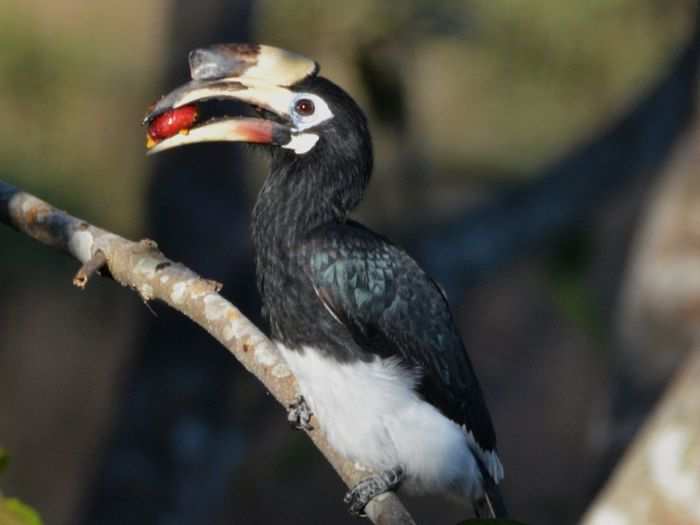
An oriental pied hornbill (Anthracoceros albirostris) gorges itself on the wild figs. Photographed on the outskirts of Mahananda Wildlife Sanctuary, in Rongtong, West Bengal. These birds have distinctive pale blue patches around their eyes and throat. They are mostly frugivorous (fruit-eating), but they also occasionally feed on invertebrates such as insects, crabs, centipedes and millipedes.
Red-crested pochard
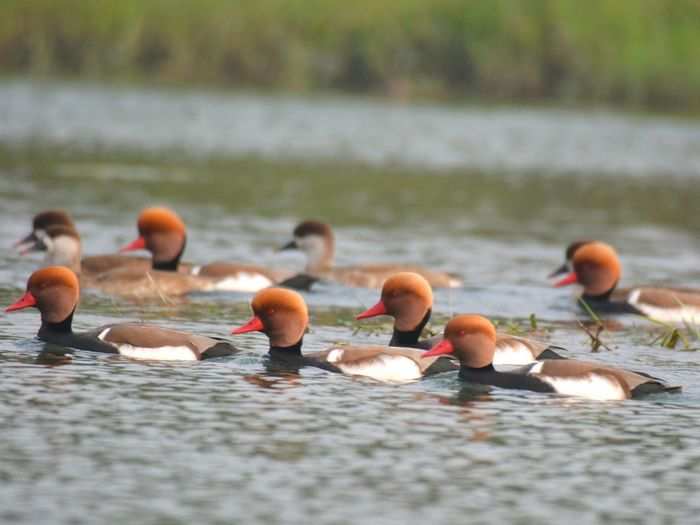
A bunch of red-crested pochard (Netta rufina) gracefully gliding on the waters of Teesta Barrage at Gajoldoba, West Bengal. The males boast a rather flamboyant rounded, rust-orange head, red bill, and black breast.
Indian silverbill
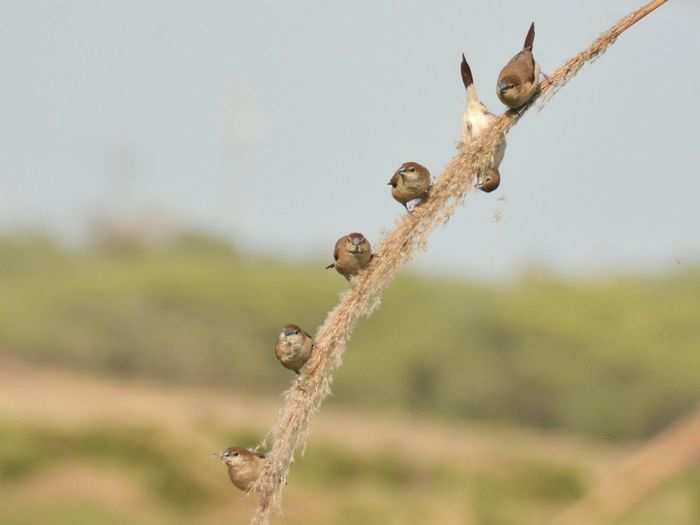
A garland of Indian silverbill or white-throated munia (Euodice malabarica) feeding on the reed seeds. Seen near Hathras, Uttar Pradesh. Like everything plain-looking, these birds with distinctive triangular silver beaks were often overlooked when their numbers were thriving. But as their population started to dwindle, bird-lovers now rejoice on sighting these little fellows with soothing bird calls.
Oriental darter
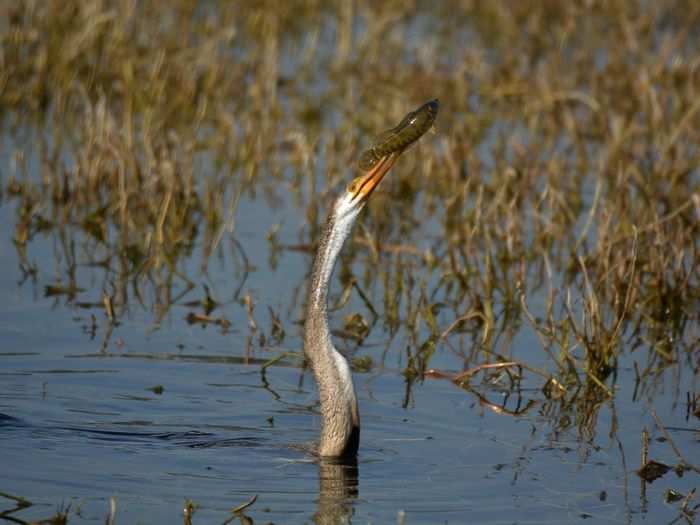
An Oriental darter (Anhinga melanogaster), sometimes also called a snakebird, spears a fish in Keoladeo National Park, Bharatpur, Rajasthan. They are commonly sighted swimming with their bodies underwater and only their necks and head peeping above. These birds prefer solitude and are generally quiet.
Spotted owlets
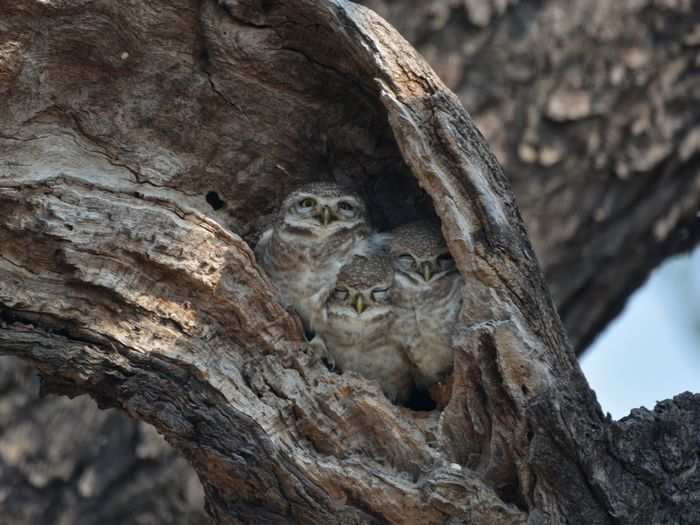
A family of spotted owlets (Athene brama) cosy up in a tree hollow. Shot near Dholpur, Rajasthan. These birds have adapted to living in urban areas and farms. They have a high-pitched noisy hoot and are quite active early mornings and evenings.
Indian stone-curlew
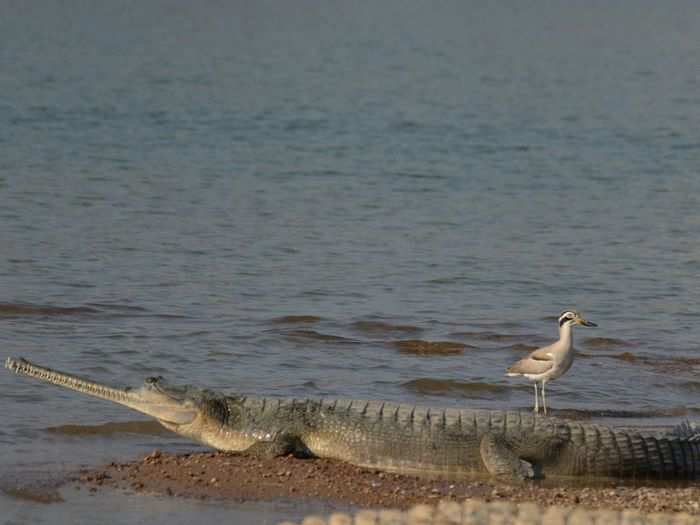
An Indian stone-curlew or Indian thick-knee (Burhinus indicus) shares the Chambal river bank with a critically endangered Gharial. The photo was taken at the National Chambal Gharial Wildlife Sanctuary. These large birds with striking yellow eyes are usually active at night and favour shade during the day.
Purple heron
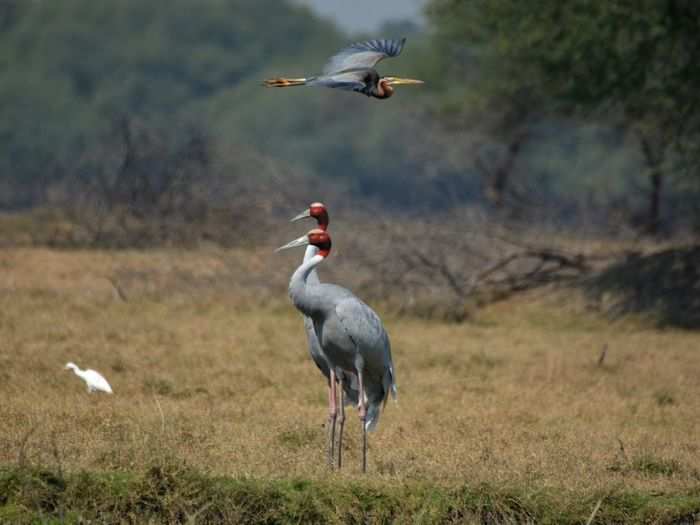
A purple heron (Ardea purpurea) flies over a pair of Sarus cranes (Grus Antigone) at Keoladeo National Park, Bharatpur, Rajasthan. With a wingspan of 120 and 150 centimetres, the purple heron is commonly found in marshes and feeds mostly on small fish and insects. The tallest flying bird, the Sarus crane, are usually found in pairs and are known to mate for life with a single partner. Unfortunately, due to habitat loss, these birds are listed as Vulnerable on IUCN Red List.
Black-necked stork
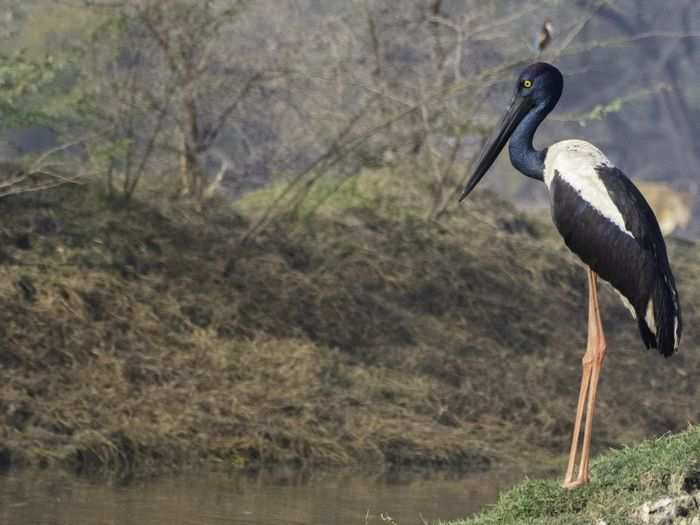
Portrait of a black-necked stork (Ephippiorhynchus asiaticus) in the morning light; at Keoladeo National Park, Bharatpur, Rajasthan. Found in wetland areas or where crops like rice are grown, these birds have a massive black bill, and the females have bright yellow iris, whereas the males have brown iris. The adults have bluish-black necks, whereas the younger birds are plainer in colour.
Black-throated bushtit
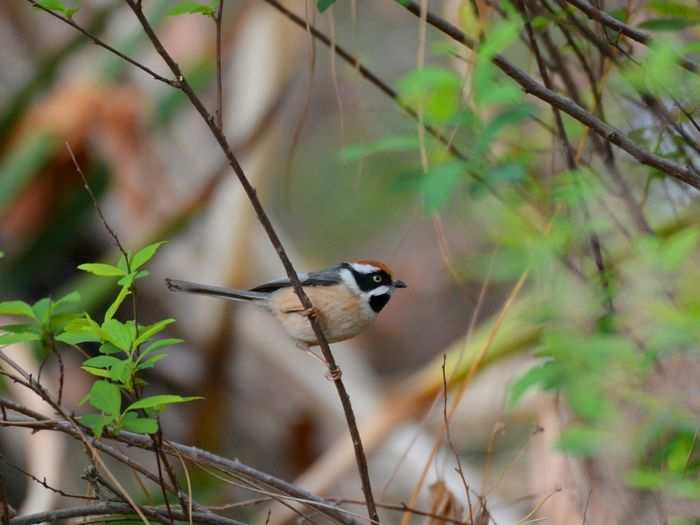
A black-throated bushtit (Aegithalos concinnus) darting about in the undergrowth. The photo was taken at Ranikhet Cantonment, Uttar Pradesh. These tiny birds are often found in clusters and feed on small insects.
Lemon-rumped warbler
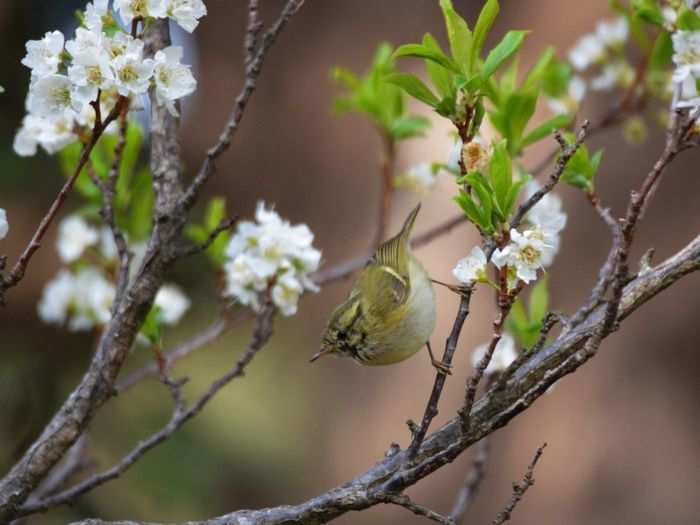
A lemon-rumped warbler or pale-rumped warbler (Phylloscopus chloronotus) among the apple blossoms. Photo was taken at Chaubatia in Uttarakhand. Found in the western Himalayas to central China, these birds have many similar-looking relatives and belong to Old World warbler species.
Asian openbill stork
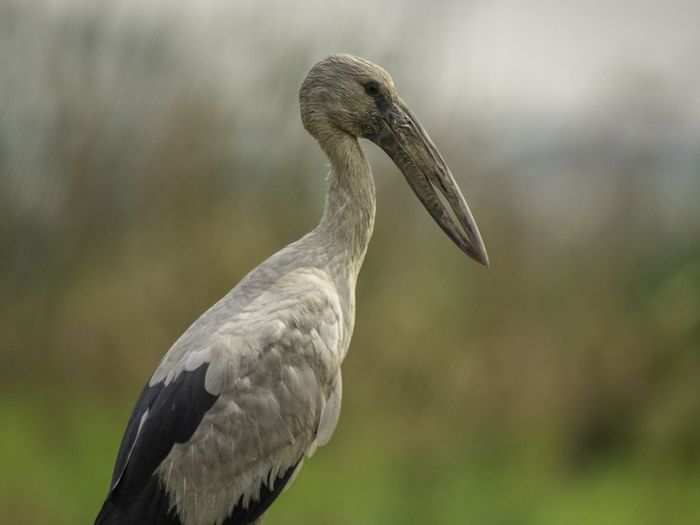
An Asian openbill stork (Anastomus oscitans) at Gajoldoba, near Siliguri, West Bengal. A comparatively smaller stork, these birds are easily distinguished because of the unique gap in their bill, and they wade in wetland water to catch their prey.
READ MORE ARTICLES ON
Popular Right Now
Advertisement